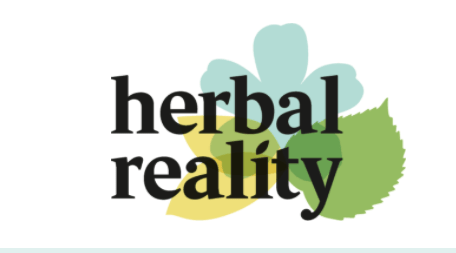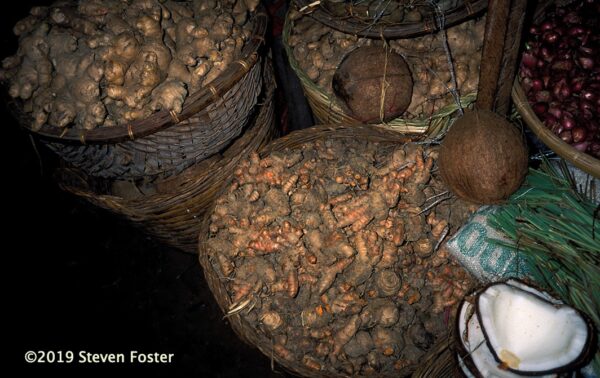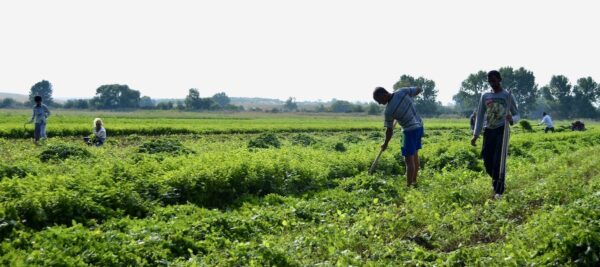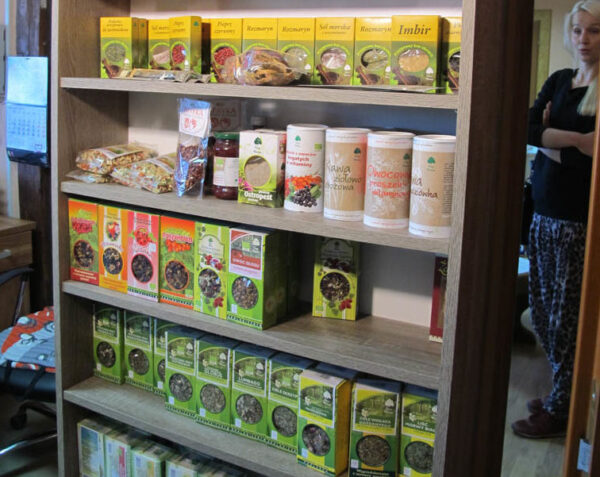Quality and Sourcing
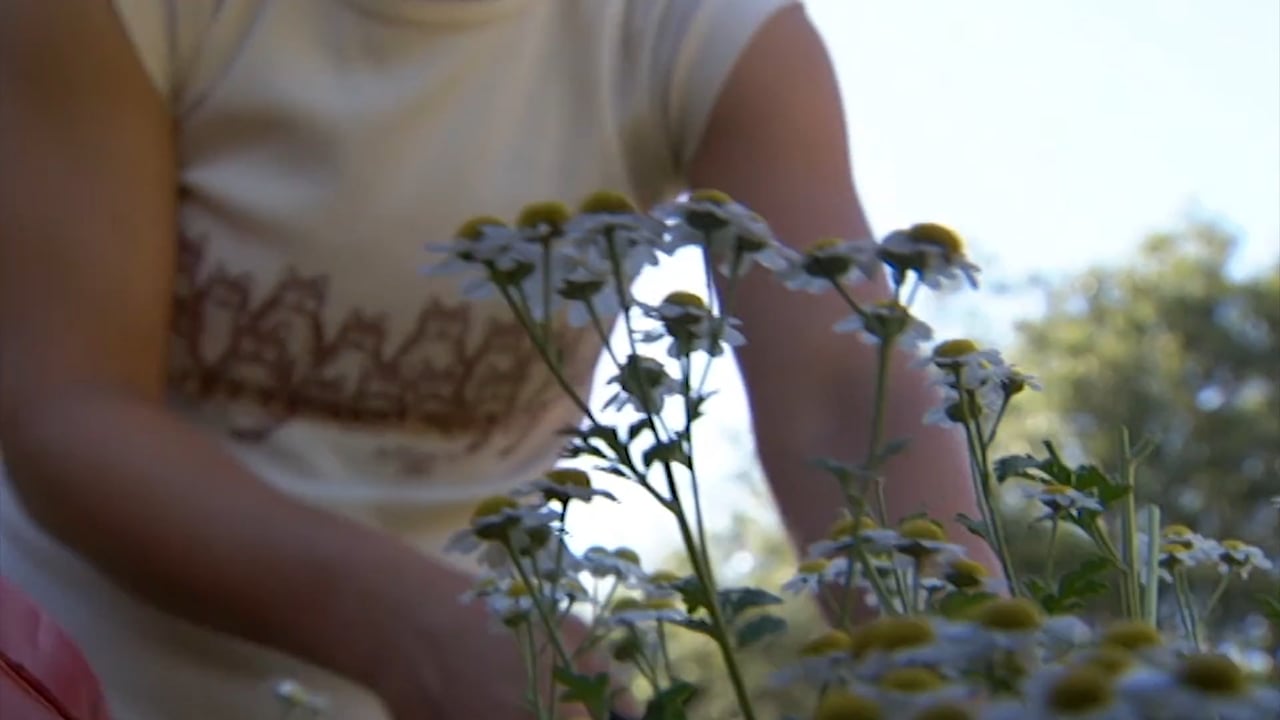
Diving Deep
Where plants come from and how they are handled along the way matters to the quality and efficacy of the finished product. If those processes are good—‘good’ meaning people are paying attention each step along the way—the finished product will more likely be good. Studies have shown a direct connection between buying herbs through vertically integrated supply networks and higher constituent levels (see SHI blog post).
Details matter: whether workers have washed their hands, what insect repellent collectors used while collecting the raw materials, what the collection bags were previously used for, whether the plants were harvested in the rain or left piled on a tarp for a few days until workers had time to process them.
Attention through the supply chain costs money.
At the Sustainable Herbs Initiative, we continually choose whether to focus on what is bad about the industry or to highlight efforts that are good. By focusing on what is bad, we worry about fueling criticism of the industry overall. By focusing only on what is good, we worry that readers won’t fully understand what is at stake.
We have tried to strike a balance.
Changing the system begins with understanding what it takes to produce effective herbal remedies that are good for people and good for the environment. It’s not easy to do.
Blog Posts Related to Quality and Sourcing
Herbal Reality: Sharing Herbal Medicine
A conversation with Sebastian Pole, co-founder of Pukka Herbs, and...
How Sourcing Botanicals Impacts Product Quality
Key highlights from "Sourcing Botanicals and Quality Control: a Conversation...
COVID: A Stress Test for the Botanical Industry
SHP Director, Ann Armbrecht spoke with SHP Inaugural Underwriters, Loren...
What Herb Company Do You Recommend?
I’m often asked what herb company people should buy from....

